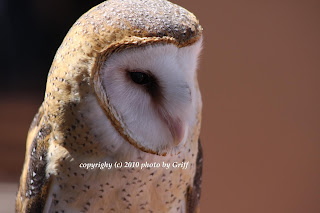Marabou Stork with its balding, scabby head and pendulous pink air sac may appear to be one of the ugliest creatures in the world. A large male Marabou Stork, standing up to 4.5 feet tall and weighing nearly 20 lbs, is one of the largest flying birds in the world. Their wingspan approaches 6 feet.
The Marabou Stork is found throughout most of tropical Africa. They prefer dry open savannahs near large lakes or rivers.
Marabou Storks will eat just about any kind of animal, dead or alive. Marabous evolved their naked heads and necks as an adaptation for feeding on large animal carcasses without getting their head feathers soiled with blood and gore.
Photographed at Reid Zoo, Tucson, AZ

+02.JPG)
+03.JPG)
+02.JPG)
+04.JPG)
+10.JPG)
+43.JPG)



%2005.JPG)
+03.JPG)
+02.JPG)
+02+.JPG)





%2001.JPG)
+F+01.JPG)
%2002.JPG)
%2007.JPG)
+01.JPG)

%20005.JPG)
+001.JPG)


%2002.JPG)






+02.JPG)
+01.JPG)
+F+22.JPG)
+M+08.JPG)
+M+05.JPG)

+37.JPG)
+38.JPG)

+31.JPG)
+04.JPG)
+05.JPG)

+02.JPG)
+01.JPG)
+09.JPG)